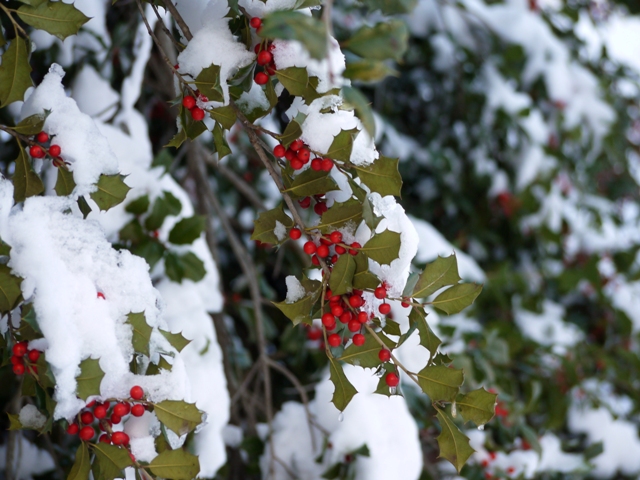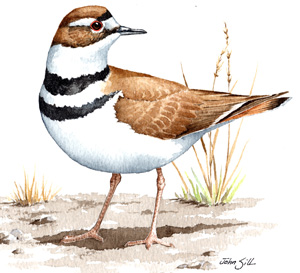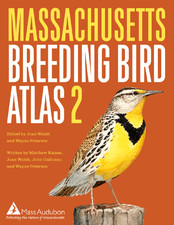 The American holly does more than brighten up our winter woods. Here’s a primer on this iconic plant.
The American holly does more than brighten up our winter woods. Here’s a primer on this iconic plant.
Identification
The American holly (Ilex opaca) grows as far south as Florida, but it’s also found in a few places in Massachusetts. To spot one, search for these characteristics:
- Small size—in the Northeast, it usually grows only 20-40 feet tall, though in balmy southern climes it can reach up to 100 feet
- Greenish-grey bark
- Spiny, leathery leaves that are shiny on top and pale green below
- Greenish flowers in early spring
- Often found in sandy coastal forests
Decorative Drupes
What about those characteristic red berries? They’re not really berries—botanists call them “drupes,” which means fruit that has flesh surrounding a hard central pit that forms from a flower’s ovary wall. Other drupes include peaches, cherries, and olives.
If you see a holly with fruit, you know it’s a female plant. You also know that there must be a male plant nearby. Only females make fruit, but they need the pollen of a male to get started. American hollies flower in late spring, and pollinators like bees and moths carry pollen from male trees to female trees.
Though holly fruit is toxic to people, it’s an important winter food source for birds and other wildlife.
Saving the American Holly
The American holly was once in danger of disappearing in Massachusetts. People were cutting too many holly boughs for decoration, and they were also clearing forests in sandy coastal areas to build houses.
Enter the “holly man,” Wilfrid Wheeler. In the 1930s, Wheeler was worried that hollies might disappear from the Cape, so he began to grow the plants on his property, Ashumet Farm in Falmouth. He also encouraged people to plant hollies on public land.
Wheeler’s farm later became Mass Audubon’s Ashumet Holly Wildlife Sanctuary. His legacy lives on: the wildlife sanctuary is home to some 1,000 holly trees of 65 varieties.


 Conservation is a gamble on the future. While a complex array of drivers act on our natural systems to cause rapid changes in the landscape and the species we have come to love, we need to quickly adapt to make the best choices to preserve our natural heritage. That is not easy.
Conservation is a gamble on the future. While a complex array of drivers act on our natural systems to cause rapid changes in the landscape and the species we have come to love, we need to quickly adapt to make the best choices to preserve our natural heritage. That is not easy.